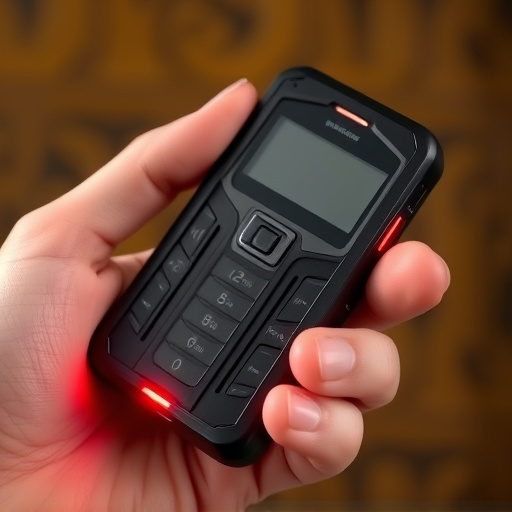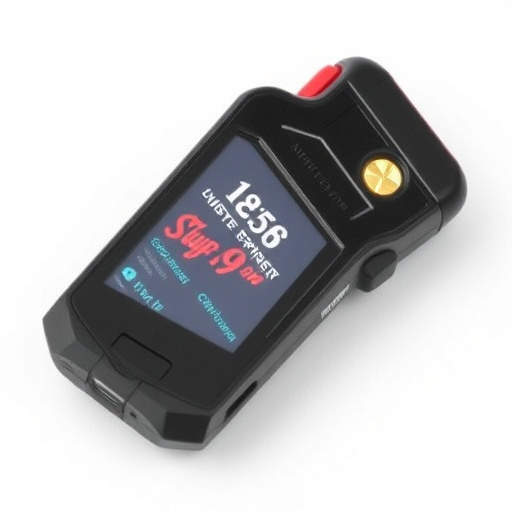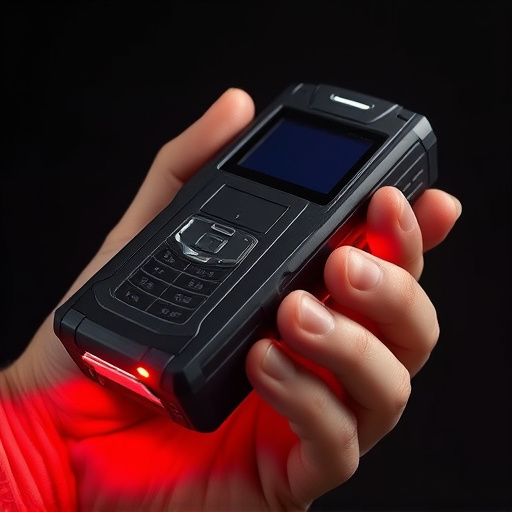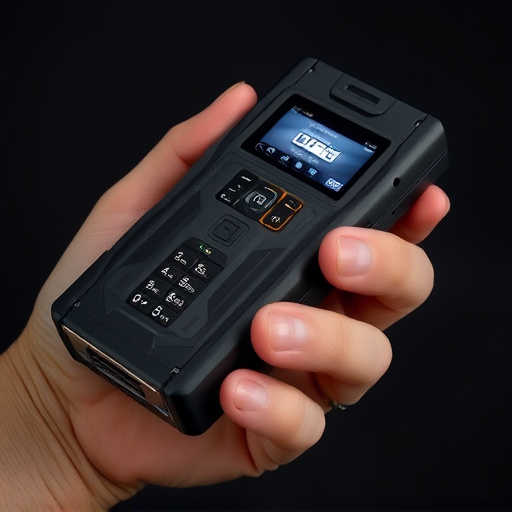Stun guns designed to look like cell phones rely on lithium-ion or lithium polymer batteries for their high energy density and lightweight construction, enabling compact designs. These batteries offer 100-300 discharge-charge cycles and can be extended with proper care such as regular charging, temperature control, and storage. Lithium-ion technology provides consistent power output, quick recharge times, and reduced maintenance needs, making stun guns that look like cell phones ideal for effective self-defense and discreet carrying. Proper usage habits, like avoiding complete discharge before recharging, can further extend battery life.
“Unveiling the Power Source: Rechargeable Stun Gun Battery Specifications for the Modern Self-Defender. In today’s world, personal safety is paramount, and stun guns that resemble cell phones offer a discreet yet potent defense option. This article delves into the heart of these innovative devices’ power sources—rechargeable batteries. We explore the types, lifespans, and specifications of these advanced energy cells, including battery types like lithium-ion, charging methods, and safety features. By understanding these critical aspects, users can make informed choices and ensure optimal performance.”
- Battery Types and Lifespan
- – Common battery types used in stun guns that look like cell phones (e.g., lithium-ion)
- – Factors influencing battery lifespan (e.g., discharge rate, ambient temperature)
Battery Types and Lifespan

Stun guns, especially those designed to resemble cell phones, often utilize various battery types to deliver their powerful electric shock. The most common are lithium-ion and lithium polymer batteries, known for their high energy density and lightweight design. These batteries offer a balance between capacity, weight, and safety, making them ideal for compact stun devices.
The lifespan of these batteries varies depending on factors like discharge rate, environmental conditions, and overall usage. A well-maintained stun gun battery can last anywhere from 100 to 300 discharge-charge cycles, with some high-end models even surpassing 500 cycles. Regular charging, avoiding extreme temperatures, and proper storage can significantly extend the lifespan of these batteries, ensuring your stun gun that looks like a cell phone remains reliable and effective when needed most.
– Common battery types used in stun guns that look like cell phones (e.g., lithium-ion)

When it comes to power sources, many modern stun guns designed to resemble cell phones rely on lithium-ion batteries. These batteries are a popular choice due to their high energy density and lightweight nature, making them an ideal fit for compact stun devices. Lithium-ion technology offers several advantages; they have a longer lifespan compared to traditional batteries, require less maintenance, and can be quickly recharged, ensuring users always have a charged device at the ready.
The use of lithium-ion batteries in these stun guns provides a balance between performance and portability. These batteries are known for their ability to deliver consistent power output over time, which is crucial for effective self-defense tools. Moreover, their compact size allows for ease of carrying, making them a convenient option for personal safety devices that can fit discreetly in one’s pocket or purse, ready for any unexpected situation.
– Factors influencing battery lifespan (e.g., discharge rate, ambient temperature)

The battery lifespan of a rechargeable stun gun, especially one designed to resemble a cell phone, is influenced by several key factors. One of the most significant is the discharge rate—how quickly the energy is drawn from the battery during use. Stun guns with higher discharge rates will deplete their batteries faster. Ambient temperature also plays a crucial role; colder or hotter environments can affect battery performance and longevity. Extreme temperatures can cause chemical reactions within the battery to slow down or speed up, impacting its overall capacity.
Additionally, the specific type of battery used, such as lithium-ion or nickel-metal hydride (NiMH), will dictate its lifespan. Lithium-ion batteries generally offer longer cycles and faster charging times compared to NiMH, making them a preferred choice for modern stun guns. Proper usage and care, including avoiding complete discharge before recharging, can further extend the battery’s life.
When choosing a rechargeable stun gun that resembles a cell phone, understanding its battery specifications is key. Lithium-ion batteries, common in these devices, offer a balance between power and longevity. Factors like discharge rate and temperature impact the lifespan, with proper care extending the battery’s reach. By considering these aspects, users can ensure their stun gun remains reliable and effective when needed most.
